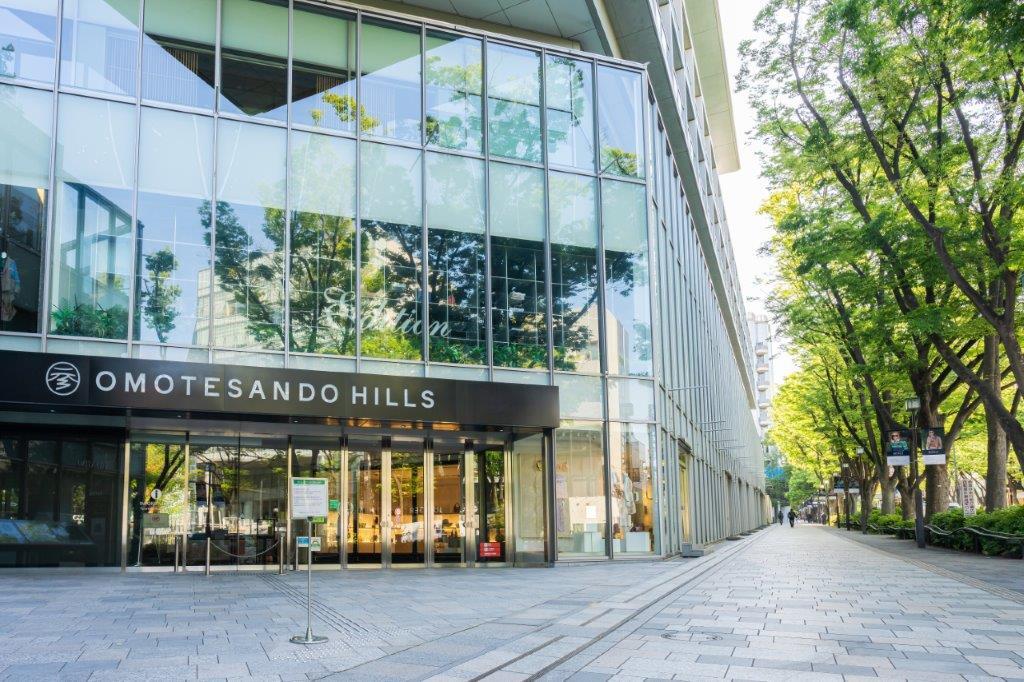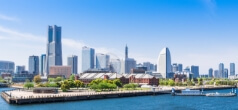Aoyama/Omotesando/Harajuku

Aoyama

Aoyama area is the definition of words like "trendy" and "upmarket" where all things stylish come together. This one of Tokyo's most cutting edge, and rich neighbourhoods is located between Akasaka, Shibuya, and Omotesando, and popular with young but mature people for high-end shopping, restaurants and cafes. There are also so many places for you to treat yourself with a line up of spas, massage, bookshops, aroma therapy, jazz clubs, and boutiques.

One major attraction most associated with Aoyama area is the Ginkgo Avenue. It is a 300 meter long street with about 150 ginkgo trees planted, making a masterpiece of a stunning yellow tunnel.

Another one is, believe it or not, Aoyama Cemetery. You might be thinking a cemetery is not the place to visit for sightseeing, but it is a very pleasant spot to stroll around especially in the spring as many cherry blossom trees are lined up along the main street.

The Nezu Museum in Minami Aoyama is a must-visit for its personal collection of Asian art as well as the enchanting garden featuring a pond and tea ceremony house.
ACCESS
- Aoyama-ichome station on “Ginza” line & “Hanzomon” line, “Oedo” line- Gaienmae station on “Ginza” line
- Sendagaya station on “JR Chuo-sobu” line
- Kokuritsu Kyogijyomae on “Oedo” line
- Kitasando on “Fukutoshin” line
Omotesando

Omotesando is a major upmarket shopping destination popular amongst luxurious spenders in the central Tokyo. The area is chic and trendy through and through with many luxury brand stores, stylish restaurants and sophisticated cafes.

Omotesando Avenue is a famous tree-lined boulevard, sometimes referred to as Tokyo's Champs-Elysees, that goes through parts of both Shibuya and Minato wards. “Oriental Bazaar”, and “Kiddy Land” are two of the very popular places on the main street amongst both Japanese and foreign visitors.

Omotesando Hills is the area's biggest shopping complex designed by the famous modern Japanese architect Tadao Ando. It began in 2005 and has been the symbolic site of the area. The Omotesando Hills Main Building boasts high-end brand shops, wonderful cafes and restaurants too, and are well worth a visit if you fancy a luxury treat for yourself.
There are only a few residential buildings outside the commercial blocks around the station, a quiet neighbourhood away from the busy shopping areas. Easy access to Shibuya, Gaienmae, Nishi-Azabu within walking distance.
Harajuku

Harajuku is well known as the epicentre of the extreme teenage cultures and Japanese street fashion styles. Harajuku refers to the area around Harajuku Station situated between Shibuya and Yoyogi on Yamanote Line, whilst being easily accessible to Yoyogi Park.

The symbol of Harajuku, Takeshita-Dori (Takeshita Street), is where Japanese fashion trends are born. It is a roughly 400 meter long street lined by shops, cafes, crepe shops and fast food stalls targeting Tokyo's teenagers. You'd be surprised by how crowded it is on the weekends with Japanese youth favouring various tastes the area comes in: kawaii (cute), gothic, punk, and cutting edge.

However, if you veer off the main street to the streets parallel to it, you will find a quieter face of Harajuku with quirky bistros, antique shops, and stylish taverns.

Millions of Japanese people visit “Meiji-Shrine” throughout the year, located just west of the Harajuku Station. It works as a large green oasis, offering a carp pond with walk bridges and a beautiful garden.
ACCESS
- Harajuku station on “JR Yamanote” line
- Meiji-jingumae station on “Chiyoda” line & “Fukutoshin” line














